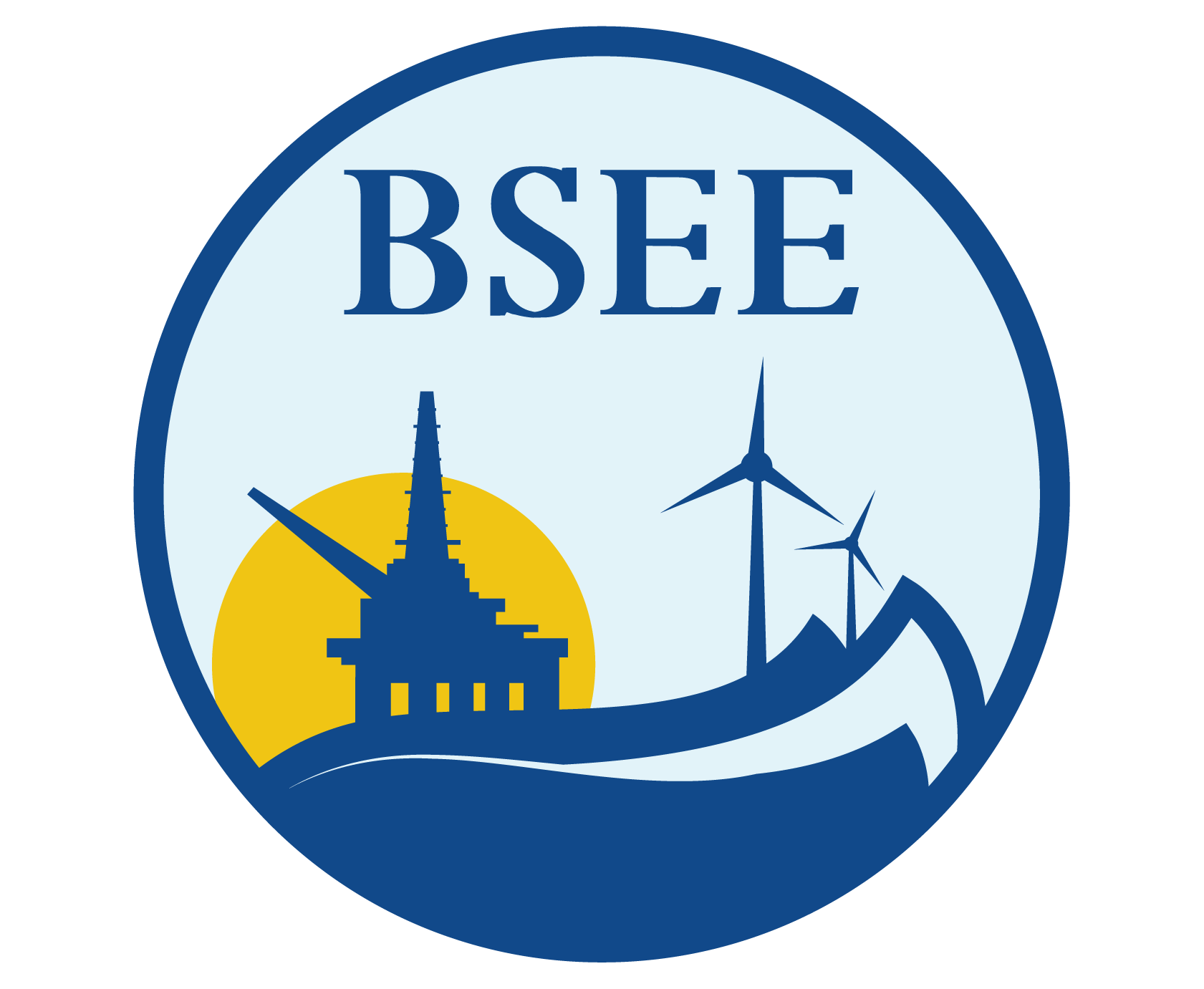Deepwater Pipeline Maintenance and Repair
The objective was to assess deepwater pipeline technologies for installations in water depths from 3,000 to 6,000 feet. The project will outline:
(1) damage assessment techniques,
(2) repair concepts, and
(3) equipment limitations for ultra-deep pipeline installations.
In addition, the effects of wave and currents during installation and operation were reviewed. Techniques for intervention, both subsea and surface based, for pipelines and flowlines with principal emphasis on remotely operated vehicles (ROV's) systems were also summarized.
